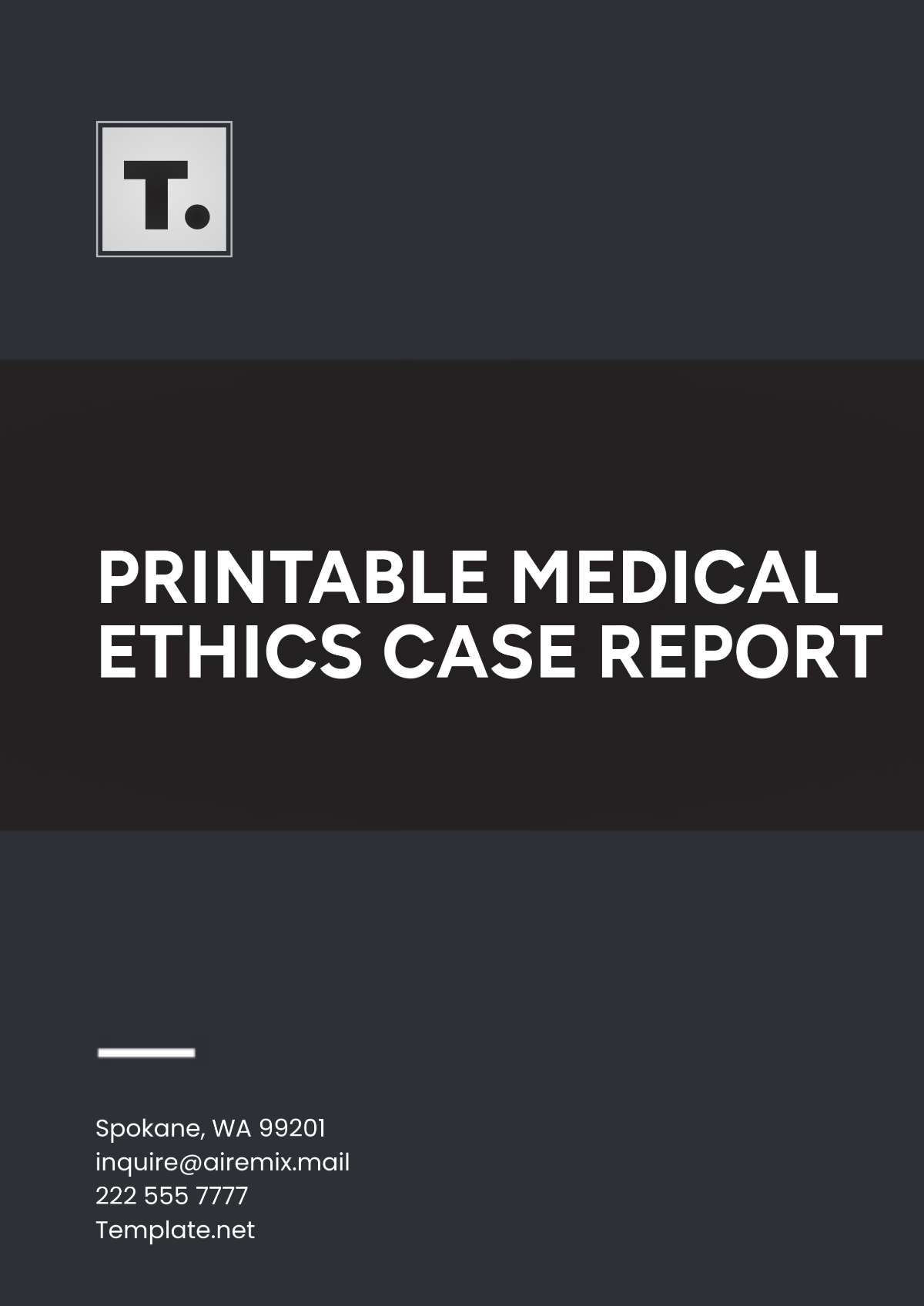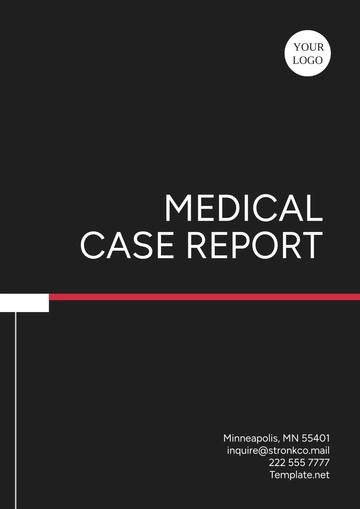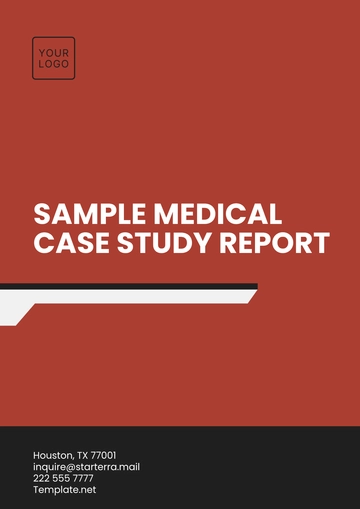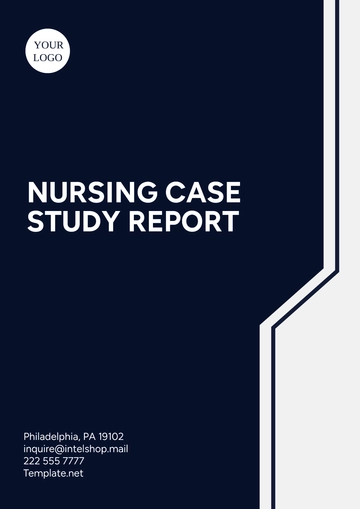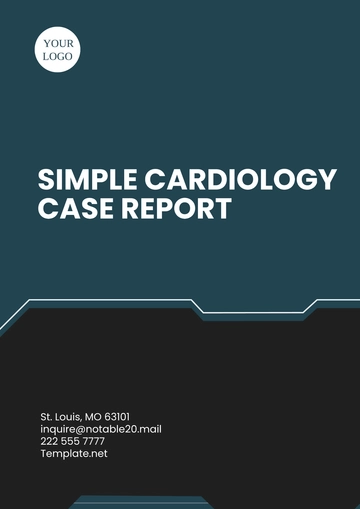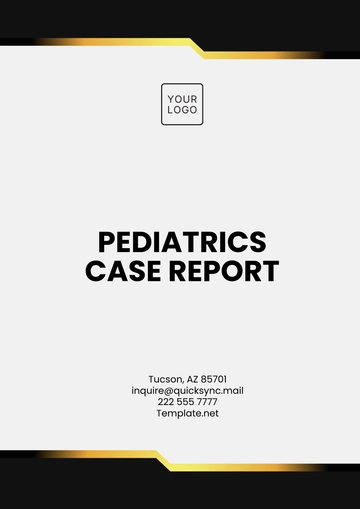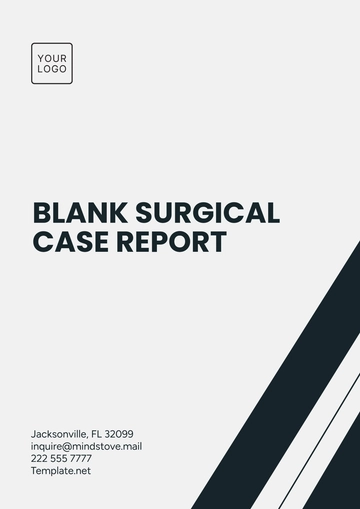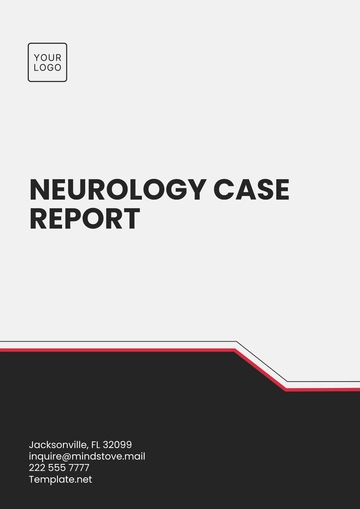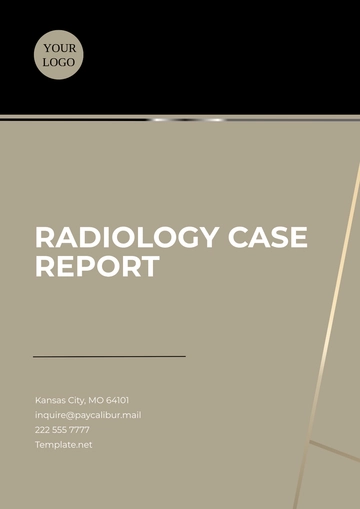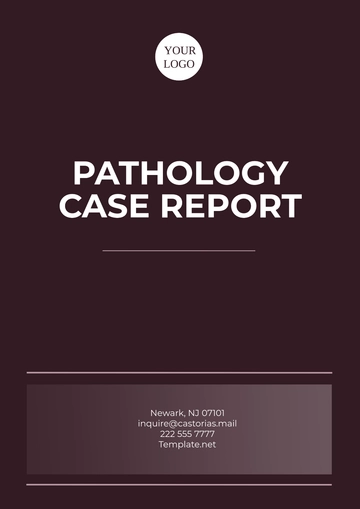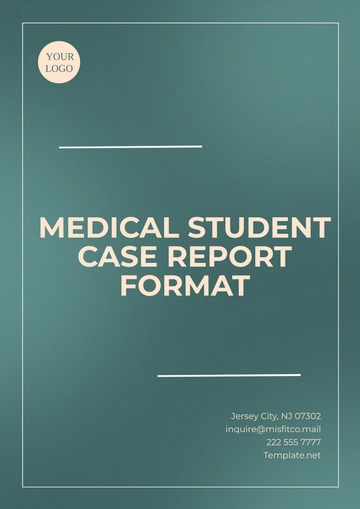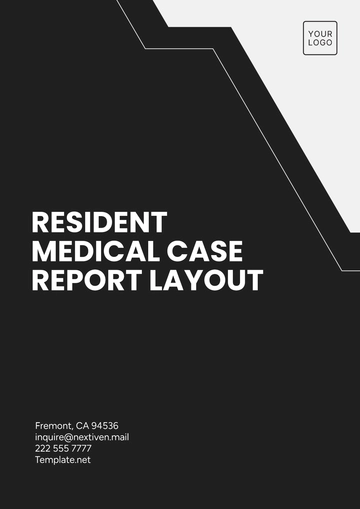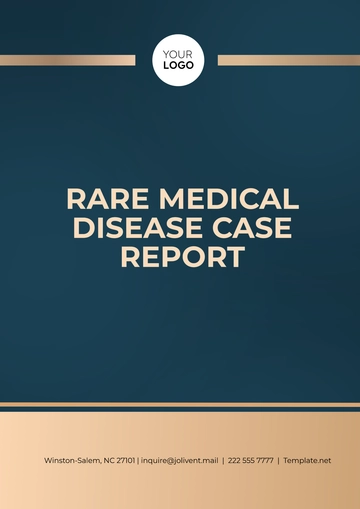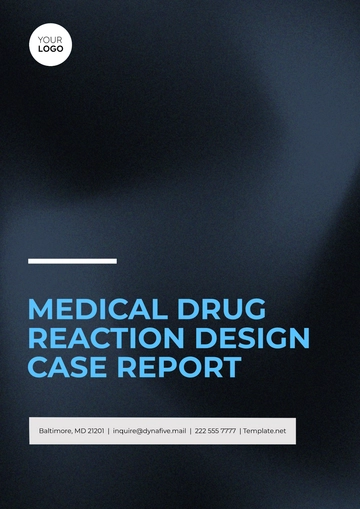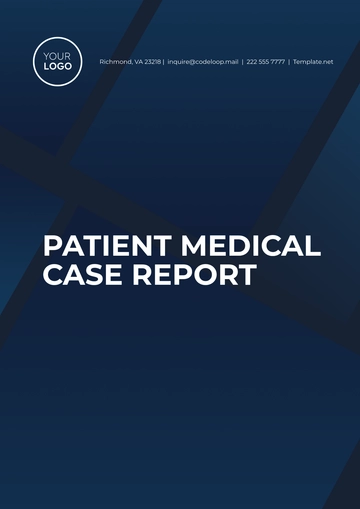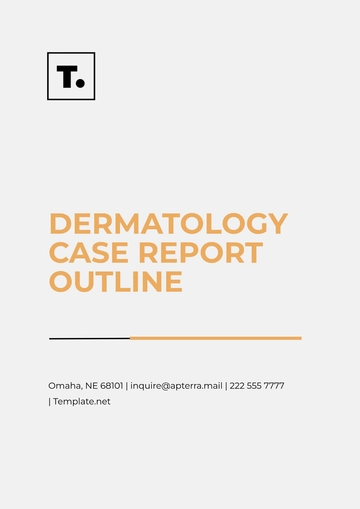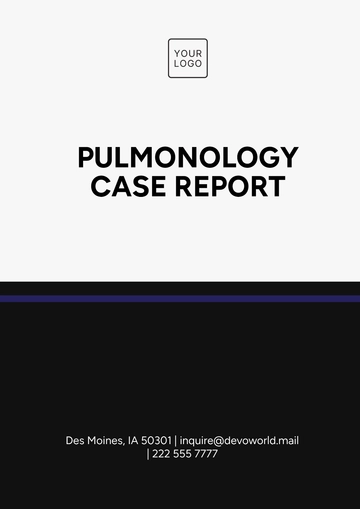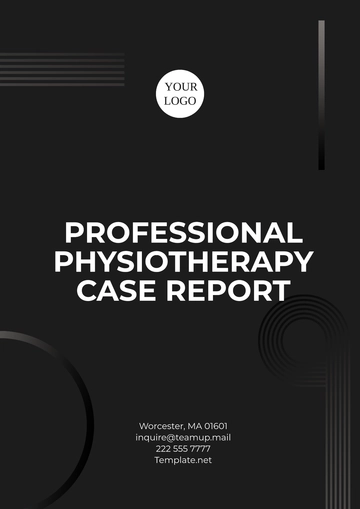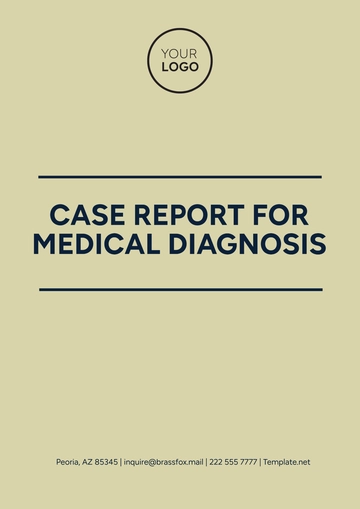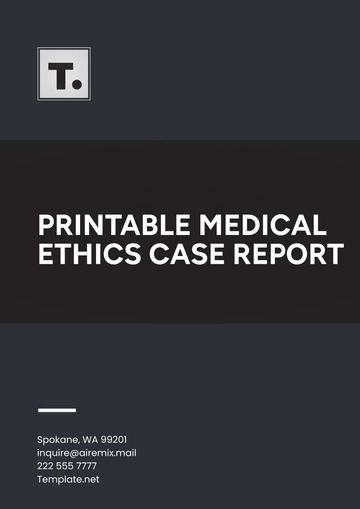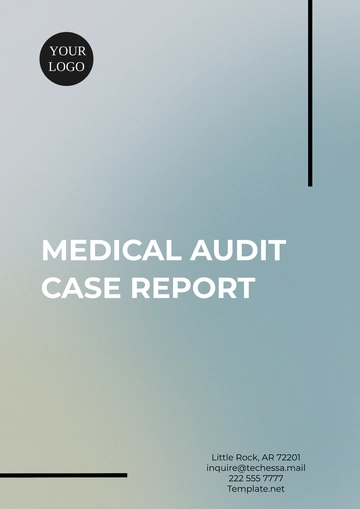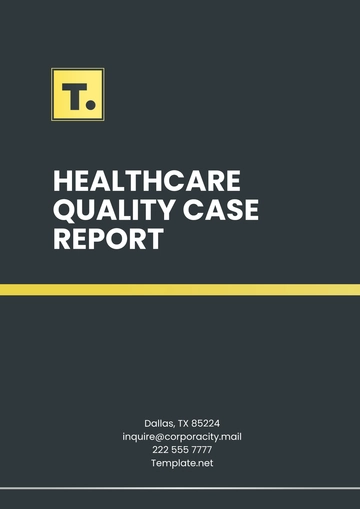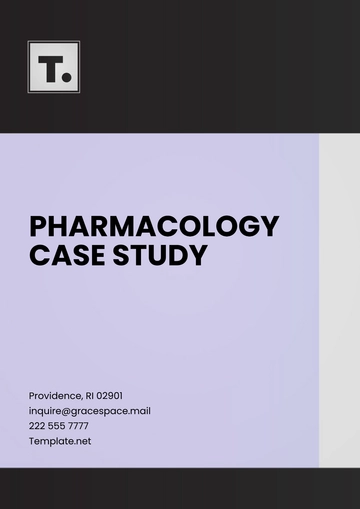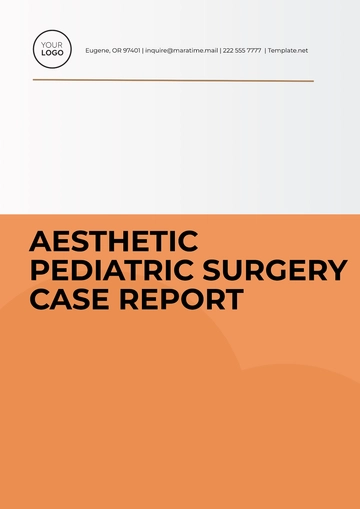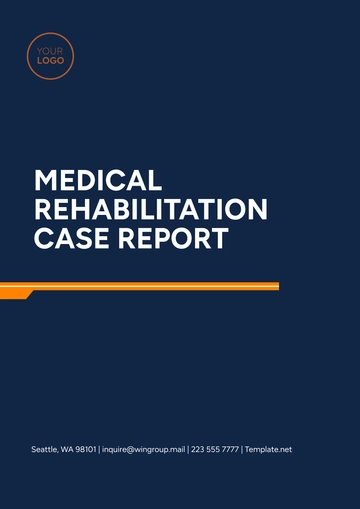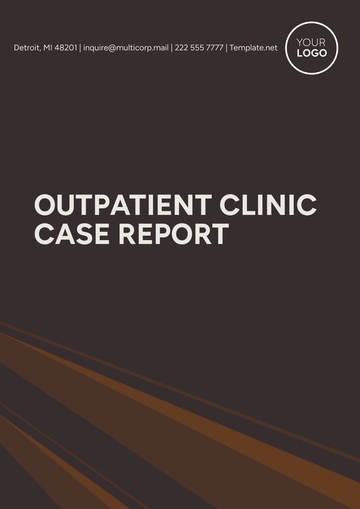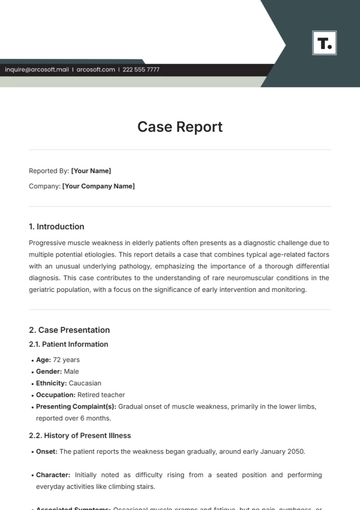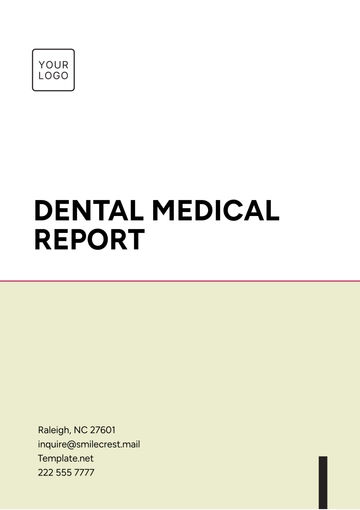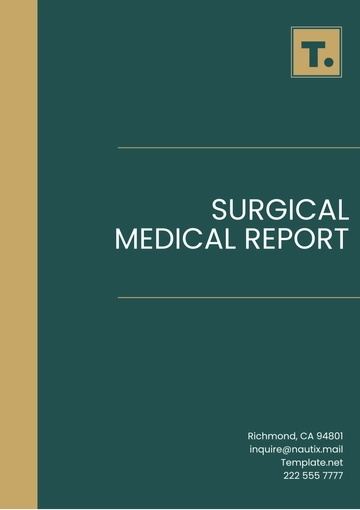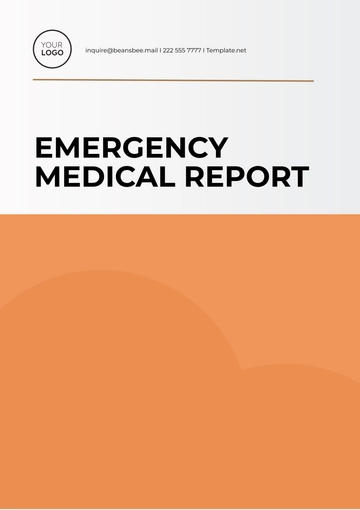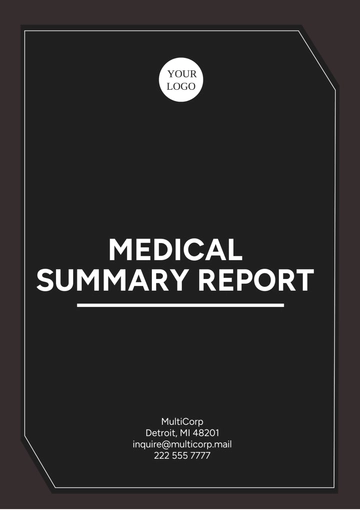Printable Medical Ethics Case Report
1. Patient Information
Patient ID: _____________________________
Age: ________________________________
Gender: ______________________________
Date of Birth: ________________________
Diagnosis: ___________________________
Primary Medical Condition: ___________________
Relevant Medical History:
(Include significant history such as comorbidities, allergies, and previous treatments.)
Current Medications: ___________________________
2. Case Summary
Brief Overview of the Case:
(Provide a concise summary of the clinical context. Mention the main medical issue at hand, including any treatments, procedures, or interventions involved.)
Initial Presentation: _______________________________
Current Status: _________________________________
Treatment Plan: _________________________________
Key Medical Facts:
(Identify the most significant medical facts influencing the ethical decision-making.)
3. Ethical Dilemma
Description of the Ethical Issue(s):
(Explain the core ethical dilemma. Are there conflicting values or principles at play, such as patient autonomy vs. physician beneficence, end-of-life care, or resource allocation?)
Stakeholders Involved:
(List and describe all relevant parties in the case, including healthcare providers, patients, family members, and others. Consider any conflicts of interest or differing perspectives.)
Healthcare Providers: ____________________________
Patient: _____________________________
Family Members/Guardians: ____________________________
Other Stakeholders (e.g., ethics committee, hospital administration): ____________
4. Ethical Framework Analysis
Key Ethical Principles at Play:
(Discuss how the four core ethical principles — autonomy, beneficence, non-maleficence, and justice — apply to the case. Are any principles in conflict?)
Autonomy (Patient’s Right to Decide):
Beneficence (Acting in the Best Interest of the Patient):
Non-maleficence (Do No Harm):
Justice (Fairness and Equality in Treatment):
Utilizing Ethical Frameworks for Analysis:
(Consider applying ethical frameworks, such as utilitarianism, deontology, virtue ethics, or the principles of medical ethics. How do these perspectives influence decision-making?)
Utilitarianism: (The greatest good for the greatest number)
Deontological Ethics: (Focus on duties and rules)
Virtue Ethics: (Focus on moral character and virtues)
5. Decision-Making Process
Options Considered:
(List all possible courses of action available in resolving the ethical issue. Consider alternatives from a medical, ethical, and patient-centered perspective.)
Option 1: ________________________________________________
Option 2: ________________________________________________
Option 3: ________________________________________________
Rationale for the Chosen Decision:
(Describe the reasoning for choosing the final decision. Discuss the ethical justification, potential risks, and benefits involved.)
Informed Consent Process:
(Was informed consent obtained from the patient or legal guardian? Describe how the patient was informed about their options, risks, and benefits.)
Informed Consent Obtained: Yes/No
Method of Communication: (e.g., verbal, written)
Informed Consent Documentation: (How was consent documented?)
6. Impact and Outcome
The outcome of the Decision:
(What were the immediate and long-term outcomes of the decision? Discuss how the decision impacted the patient’s health, quality of life, and other stakeholders.)
Psychosocial Impact:
(Discuss the psychological, social, or cultural impact of the decision on the patient, family, and community. Were there any emotional or relational consequences?)
Lessons Learned:
(Reflect on what can be learned from this case. How did the resolution of the dilemma contribute to the improvement of medical practice or ethical decision-making?)
7. Conclusion
Summary of Ethical Analysis:
(Provide a brief, final summary of the ethical considerations, the decision made, and its justification.)
Recommendations for Future Practice:
(Offer any suggestions for improving the handling of similar ethical issues in the future. This may include policy recommendations or proposed changes in practice.)
8. References
Ethical Guidelines:
(List relevant ethical guidelines, codes, or standards referenced during the analysis.)
Medical Literature:
(List studies, articles, and textbooks used to inform the case analysis.)
Other Sources:
(Include any additional sources, such as legal documents, expert consultations, or institutional policies.)
Report Templates @ Template.net
